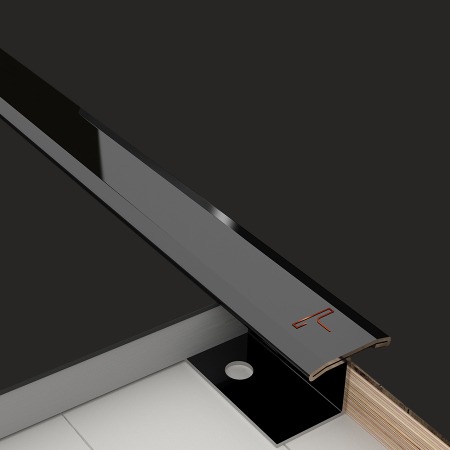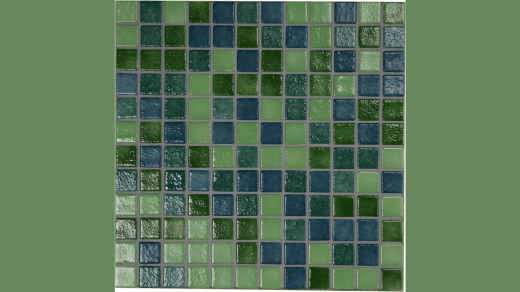Stainless steel decorative profiles have become an essential element in modern architectural and interior design. Their versatility, durability, and aesthetic appeal make them a preferred choice for both residential and commercial applications. This comprehensive guide aims to provide an in-depth understanding of Stainless steel decorative profiles, their types, benefits, applications, and installation methods.
Types of Stainless Steel Decorative Profiles
Flat Profiles
Flat profiles are the simplest form of stainless steel decorative profiles. They are typically used to create a sleek, modern look and can be applied in various settings, including wall cladding, furniture trim, and kitchen backsplashes.
U-Profiles
U-profiles, also known as channel profiles, have a U-shaped cross-section. These profiles are commonly used in edge protection, joint covers, and framing elements in both interior and exterior applications.
L-Profiles
L-profiles, or angle profiles, are shaped like the letter “L” and are ideal for corner protection, structural support, and decorative edging. They provide a clean, finished look to corners and edges while offering additional strength.
T-Profiles
T-profiles have a T-shaped cross-section and are used to create division lines between different materials or sections. They are often employed in flooring transitions, wall panels, and ceiling designs.
Round and Square Profiles
Round and square profiles add a unique aesthetic to various applications. They can be used as decorative bars, railings, and structural elements in furniture design, offering both functionality and visual appeal.
Benefits of Stainless Steel Decorative Profiles
Durability and Strength
Stainless steel is renowned for its durability and strength. It resists corrosion, tarnish, and wear, making it an ideal material for decorative profiles that need to withstand the test of time.
Aesthetic Appeal
SS decorative profile offer a sleek, modern look that complements various design styles. Their reflective surface enhances the overall appearance of the space, adding a touch of elegance and sophistication.
Versatility
The versatility of stainless steel allows for a wide range of applications. Whether used in residential or commercial settings, these profiles can be customized to meet specific design requirements.
Easy Maintenance
Stainless steel decorative profiles are easy to clean and maintain. Their non-porous surface prevents the buildup of dirt and grime, ensuring they remain attractive and hygienic over time.
Environmental Sustainability
Stainless steel is a recyclable material, making it an environmentally friendly choice for decorative profiles. Its longevity also reduces the need for frequent replacements, contributing to sustainability efforts.
Applications of Stainless Steel Decorative Profiles
Interior Design
In interior design, stainless steel decorative profiles are used for wall cladding, ceiling trims, and furniture detailing. They enhance the aesthetics of living rooms, kitchens, bathrooms, and commercial spaces.
Exterior Architecture
Stainless steel profiles are also popular in exterior architecture. They provide edge protection, joint covers, and framing elements for facades, balconies, and outdoor structures, ensuring both durability and visual appeal.
Commercial Spaces
In commercial spaces, such as offices, hotels, and retail stores, stainless steel decorative profiles add a touch of sophistication. They are used in reception areas, hallways, and display units, creating a professional and stylish environment.
Industrial Applications
Stainless steel decorative profiles are not limited to residential and commercial use. They are also employed in industrial settings for their strength and resistance to harsh conditions. Applications include machinery guards, storage solutions, and structural components.
Installation of Stainless Steel Decorative Profiles
Surface Preparation
Proper surface preparation is crucial for the successful installation of stainless steel decorative profiles. Ensure the surface is clean, dry, and free from dust and debris.
Measurement and Cutting
Accurate measurement and cutting are essential to achieve a perfect fit. Use appropriate tools and techniques to cut the profiles to the required length and shape.
Adhesive Application
Apply a suitable adhesive to the back of the profiles, ensuring even coverage. Press the profiles firmly onto the surface and hold them in place until the adhesive sets.
Finishing Touches
Once the profiles are installed, inspect the work for any gaps or misalignments. Make necessary adjustments and clean any excess adhesive to achieve a polished, professional finish.
Conclusion
Stainless steel decorative profiles are an excellent choice for enhancing the aesthetic and functional qualities of various spaces. Their durability, versatility, and easy maintenance make them a preferred option for architects, designers, and homeowners alike. By understanding the different types, benefits, and applications of these profiles, you can make informed decisions for your next design project.



